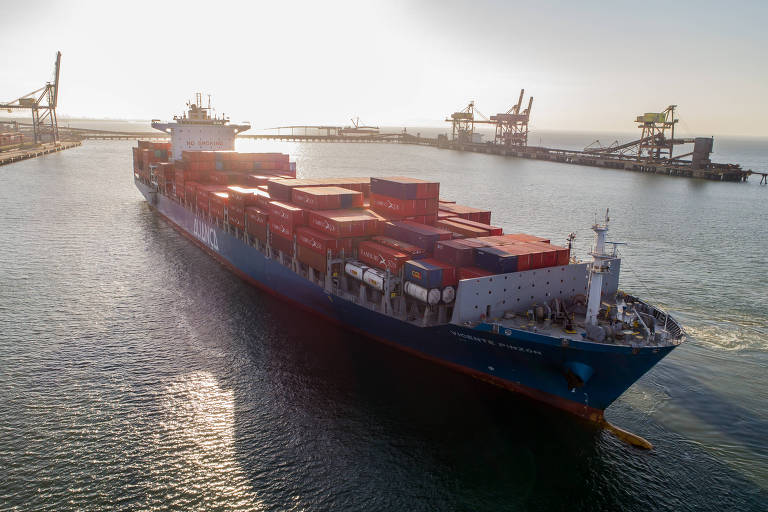Almost one year after a historic truck driver strike, it’s clear that setting a minimum cost of freight shipping was not an advantageous solution even for the drivers themselves who clamored for it.
According to logistics specialists, the imposition of minimal prices increased the cost of road transport in various areas of the country. Thus, alternatives to road travel, like shipping between national ports, referred to as cabotage became cheaper.
On average, there was a 17.5 percent increase in the volume transported by cabotage in the country since the strike’s end until February, according to Ilos (Institute of Logistics and Supply Chain).
To the advantage of cabotage, freight rates interfere with the natural dynamics of the road freight transport market.
Without intervention, companies are guided by the law of supply and demand.
On the Brazilian roads, it’s common to have cargo traveling from the south to the southeast and from the southeast to the northeast.
Coming back, the truck driver often has no cargo or has a much smaller volume to transport, which forces him to reduce the freight price.
The establishment of a minimum price for truckers arose as part of a negotiation of the government of Michel Temer in the middle of the crisis last year.
Temer sanctioned the law of tabulation, but the constitutionality of the matter still has to be debated in the STF (Federal Supreme Court).
Translated by Kiratiana Freelon
